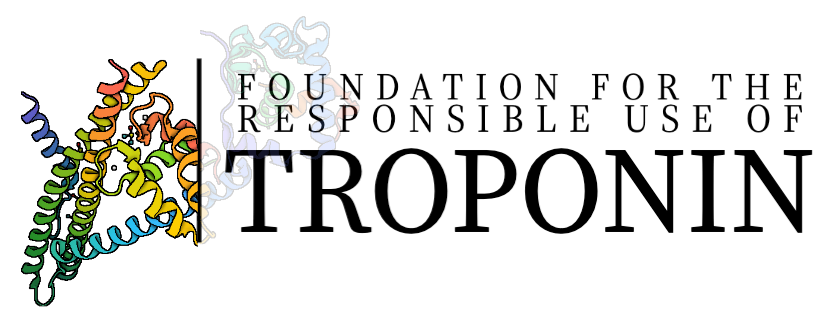Temporal Release of High-Sensitivity Cardiac Troponin T and I and Copeptin After Brief Induced Coronary Artery Balloon Occlusion in Humans
Clinical question: What is the very early release kinetics of cTns and copeptin after an ischemic event and the length of time necessary to induce measurable release of cTns.
What was already known: Hs-cTn is released during ischemia and not necessarily only during necrosis; it can enable earlier rule out of MI in patients with very low concentrations of cTn. However, very early diagnosis (<3 hours) of AMI is challenging.
Methods: Randomized control trial of 34 patients with normal coronary angiographies assigned to four groups with different durations of induced myocardial ischemia (0, 30, 60, 90s) by intracoronary balloon inflation, with documentation of occlusion on contrast angiography. Troponin (Roche cTnT, Abbott cTnI, Siemens cTnI) and copeptin were analyzed at 15 minutes for the first three hours, and every 30 minutes for the next three hours.
Results/implications: Detection of increased cTns occurred after only 30s of ischemia, when necrosis is unlikely. Magnitude of increase is associated with duration of ischemia. Circulating cTns may be detected 15 to 30 minutes after ischemic event and continued to increase for 4 hours, despite complete reperfusion. Patients can fulfill biochemical criteria for MI attributable to only 30 to 90 s of ischemia. Copeptin is not released after 90 s of ischemia.
Bottom line: In patients with normal coronary arteries experiencing a short total occlusion of a coronary artery compared to no occlusion, all assays detected cTn increase after 30 s of ischemia, with hs-cTnI (Siemens) rising faster and reaching a higher peak. Copeptin levels did not change significantly.
